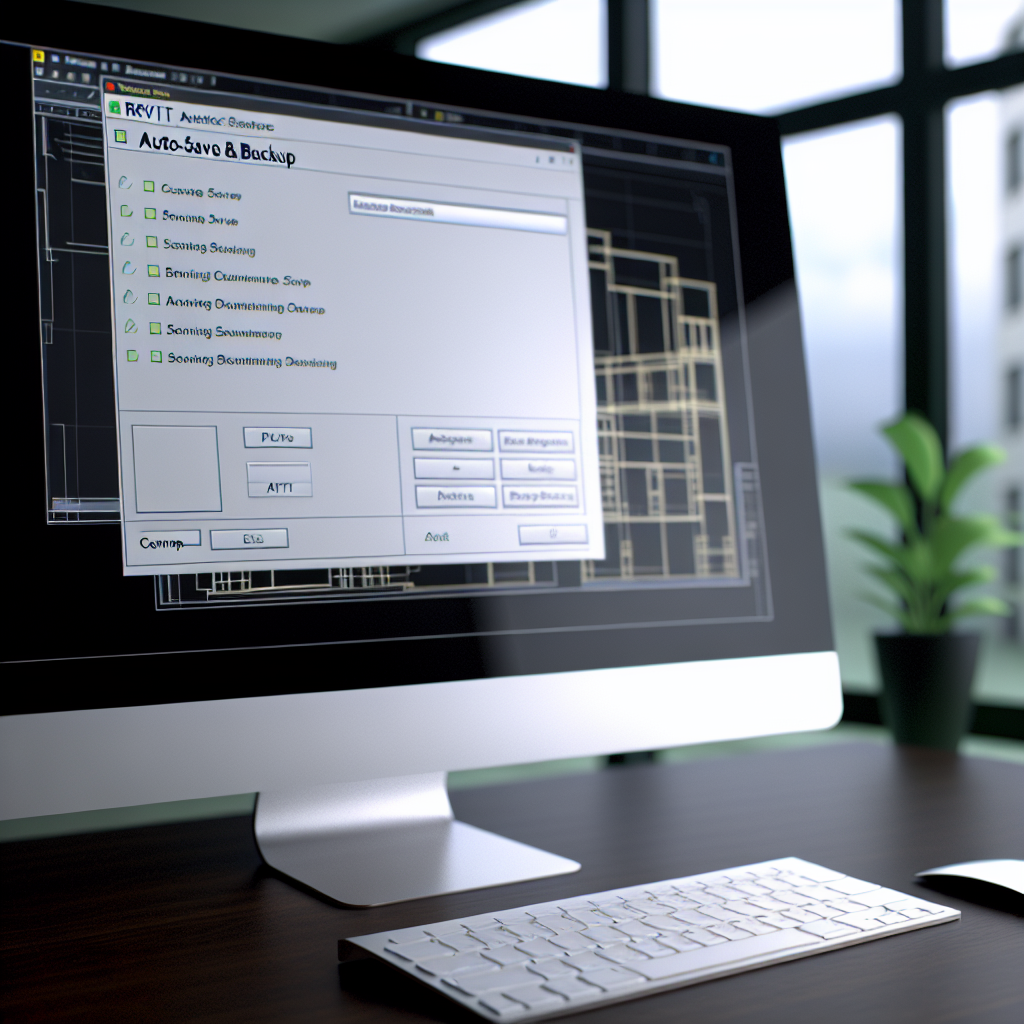Revit, a leading BIM (Building Information Modeling) software, incorporates automated autosave and backup features to safeguard your work against unexpected data loss. Understanding how these features function, where to find backup files, and how to optimize autosave settings can significantly enhance your workflow and project security. In this article, we’ll explore Revit autosave and backups in detail to help you work more confidently.
Understanding Revit Autosave and Backup Features
Revit automatically saves your project at regular intervals through its autosave feature, which helps minimize data loss caused by crashes, power outages, or accidental closures. Autosave files are stored temporarily and are intended as a safety net during active work sessions. In addition to autosaving, Revit creates backup files—copies of your project stored at designated intervals or upon manual save actions—that serve as longer-term recovery points.
Autosave files in Revit are typically located in a designated folder, often within your user directory or specified by your settings, with a “.b84” or similar extension depending on Revit version. Backup files are stored alongside your project file, usually with a “_backup” suffix or numbered sequence, enabling you to revert to previous versions if necessary. Familiarity with these locations and their management is crucial for effective project recovery and version control.
Managing Autosave and Backup Settings for Optimal Safety
To maximize data protection, it’s essential to customize your autosave and backup settings intentionally:
- Autosave Interval: Set a reasonable autosave frequency, such as every 5 or 10 minutes, balancing safety and system performance. This ensures minimal data loss during unexpected interruptions.
- Backup Files Location: Define a dedicated folder for backup files within your project storage or network drives to facilitate easy access and management.
- Manual Saving and Version Control: While autosave and backups are vital, regular manual saves coupled with version control practices provide more control over project history, especially for major milestones.
- Restoring Files: Understand how to locate and restore from autosave or backup files. Typically, you can find autosave files in your settings folder and manually open or rename backup files to continue work seamlessly.
Implementing a disciplined approach to autosaving and backup management ensures your projects are protected, reduces stress during tight deadlines, and enhances overall productivity. Additionally, consider integrating cloud backups or version control software for added security against hardware failures or theft.
Conclusion
Revit’s autosave and backup features serve as essential safeguards for maintaining data integrity and minimizing risks of loss. By understanding where files are stored, configuring settings appropriately, and practicing regular manual saves, you can confidently prevent setbacks in your workflow. Proper management and awareness of these tools ensure your projects are protected, allowing you to focus on design without worry.
